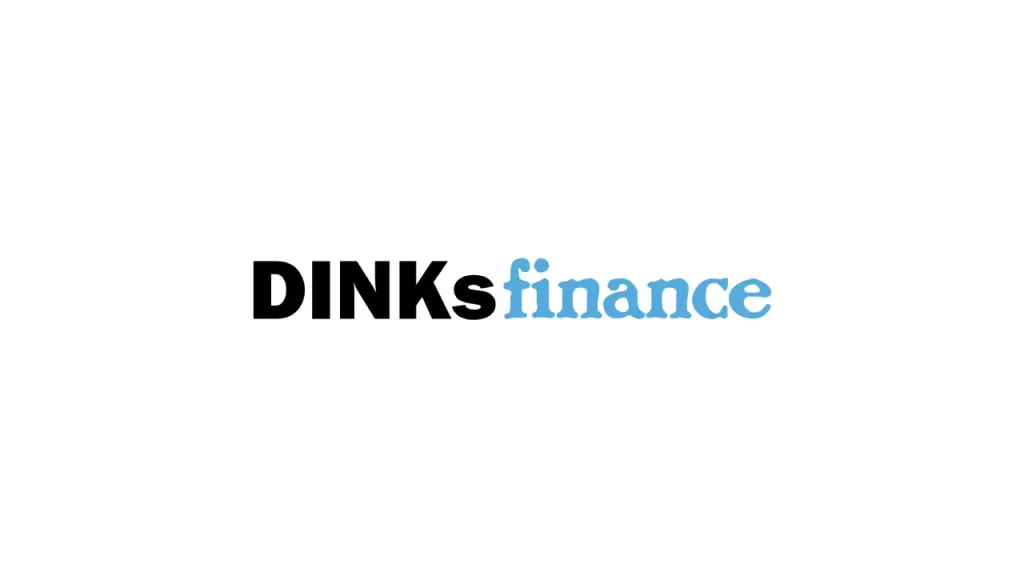Earlier this week we talked about asset allocation and risk.
According to asset allocation theory, the greater the mix of investments you have, the less risk you run. One way a lot of people reduce their portfolio risk is by adding bonds to their investment holdings.
Proponents of asset allocation argue that its not simply enough to buy a couple of random bonds and call it good. One should to split ones bond holdings between securities with different maturity periods. Specifically, bonds should include short, intermediate and long term maturity periods. The reason for this is that by breaking up your allocation you’ll be covered if economic conditions or bond prices change.
Since the median American family has a net worth of something like $120,000 and about 4% of this is bonds, you probably don’t have a whole lot of money to directly invest in a diversified portfolio of fixed income assets. So, you’ll probably be interested in getting into some diversified bonds funds to spread your holding periods around.
Here are some good places to think about starting:
For short term bonds:
Vanguard Short-Term Tax-Exempt Fund Investor Shares (VWSTX)
Vanguard Short-Term Treasury Fund Investor Shares (VFISX)
For intermediate term bonds:
American Century Ginnie Mae Inv (BGNMX)
Dodge and Cox Income Fund (DODIX)
For long term bonds:
Vanguard Long-Term Tax-Exempt Fund Investor Shares (VWLTX)
PIMCO High Yield (PHDAX)
Since most of these have minimum investment amounts of around $3,000, you may be wondering which type of bond fund to buy if you can’t afford to buy more than one. When push comes to shove, short term bond funds have better protection against interest rate fluctuations. They also work well as a spot to stash your money that gives you a higher interest rate than a money market fund. If you don’t have a lot of money, the extra liquidity of the short term fund might help if you need fast cash. Bonds can help you retain your wealth while at the same time building your wealth.
Regarding the quality of these products, Vanguard and Dodge and Cox are generally well regarded. PIMCO is one of the largest fund companies around, but we haven’t owned their products and can’t vouch for them. PIMCO’s high yield fund is also more expensive than Vanguard’s products. Expenses aside, it does make good sense to spread your investments around. Hopefully this will help get your started.



No Comments yet!